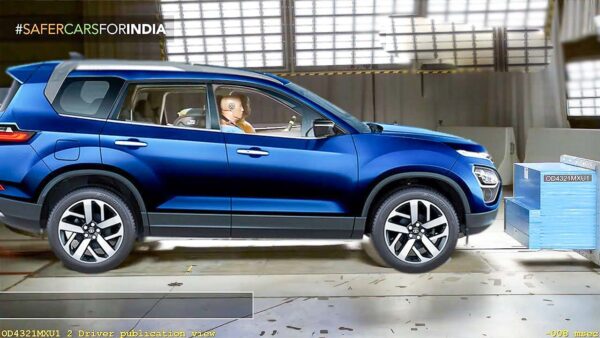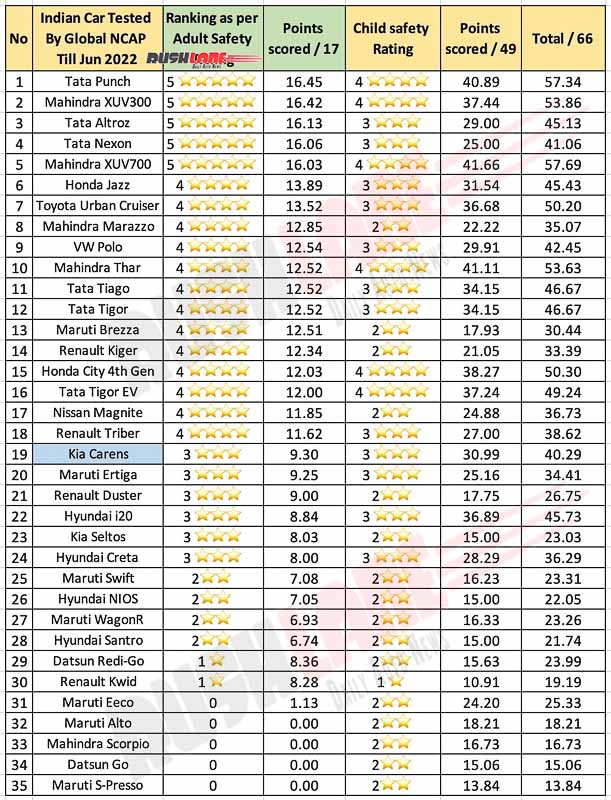Draft GSR Notification to introduce Bharat NCAP (New Car Assessment Program) approved; Safer cars for India

Discussions around vehicle safety are prevalent today as compared to being non-existent a few short years ago. The country has since long vied for recognition as an export hub. But the one truth that curtails export volume is the basic quality of cars. With more developed nations having nuanced safety protocols, it’s not as easy as manufacturing a car here and exporting it. And as such Indian car and two-wheeler exports find prominence in more Asian and African markets than elsewhere.
Until now, determining vehicle safety has been wholly courtesy of GNCAP. Now, the industry is a step closer to testing vehicles in house with Bharat NCAP coming into being. The Ministry of Road Transport and Highways (MoRTH) has approved Bharat NCAP’s ( New Car Assessment Programme) draft. Cars tested will be awarded star ratings based on crash test performance.
Bharat NCAP Testing
Bharat NCAP testing protocol is aligned with global procedures. At the same time, existing Indian regulations will be factored in. The end result allows OEMs to test vehicles in the country’s in-house testing facilities.
Standard large-scale testing is aligned to aid buyers. A seal of approval of sorts. Knowing a car is safer helps buyers make an informed decision. How quickly this translates to an overwhelming response will take a while to analyse. For example, Maruti Suzuki dominates the market where car sales are concerned. In the Indian Cars Safety Rating June 2022 – Global NCAP list, Maruti has 2 cars in the top 20.

Car Safety Star Ratings
As has been discussed previously, star ratings were to be made visible on cars. This can be equated to efficiency ratings in an AC, fridge, and other electronics. It helps customers determine what they want in a specified budget. And more often than not, the search begins from there. If rolled out as standard industry practice, customers could be more enthusiastic about considering purchases based on star ratings as opposed to buying a car based only on budget.
Though Indian roads are predominately interspersed with two-wheelers, safety protocols have also been aligned to cars alone. Safer cars would also equate to an increase in ‘export-worthiness’ of Indian automobiles.
Road accidents in India
The quest for a safer industry would also promote ‘healthy competition among OEMs in India to manufacture safer vehicles’. Where safety norms are concerned, major focus lies on structural integrity. A stable shell would absorb much of an impact. Not just that, even the pattern of impact absorption is expected to be as per protocol. However, a lot of the effects in an accident are related directly to occupants.
Most importantly, were all occupants wearing seatbelts. In recent days, airbags have been in focus. Industry standards under discussion require 6 airbags. These of course only deploy upon specific impact depending on sensor placement. Vehicle safety is a long discussion, and needs to be more rampant. Road accident fatalities in the country are precariously high. Traffic accidents resulted in injuries to 4,42,996 persons, and 1,81,113 deaths in 2019. In 2020, India recorded 3,54,796 cases of road accidents. 1,33,201 people died and 3,35,201 were injured.

